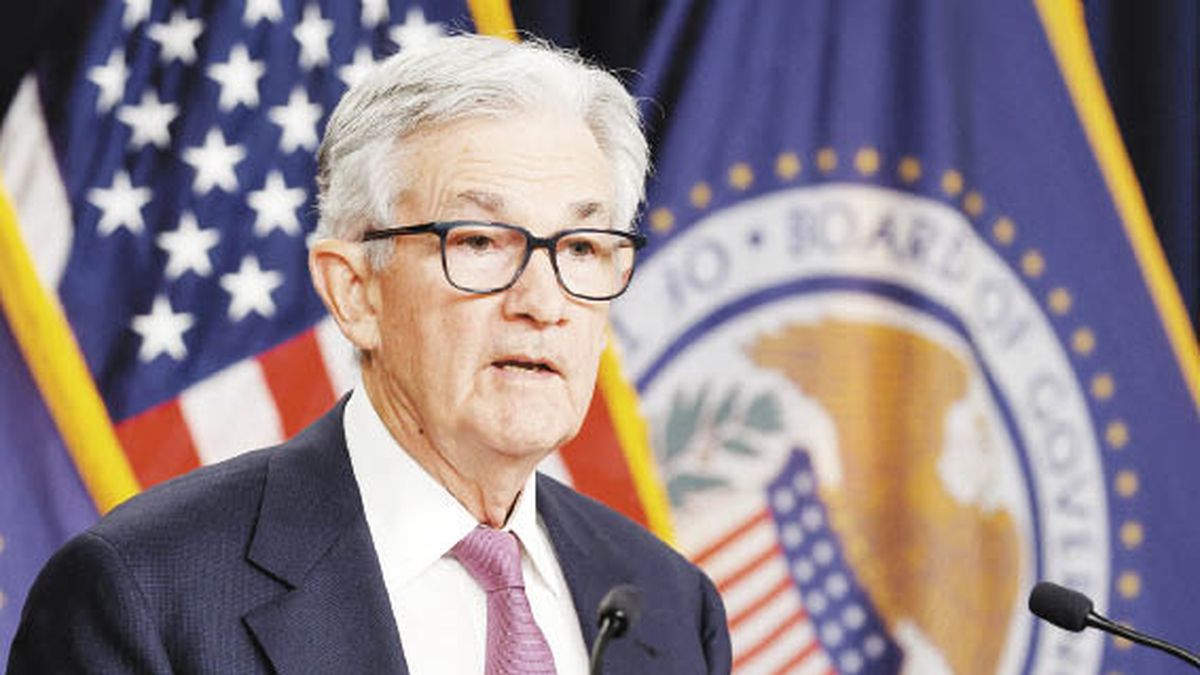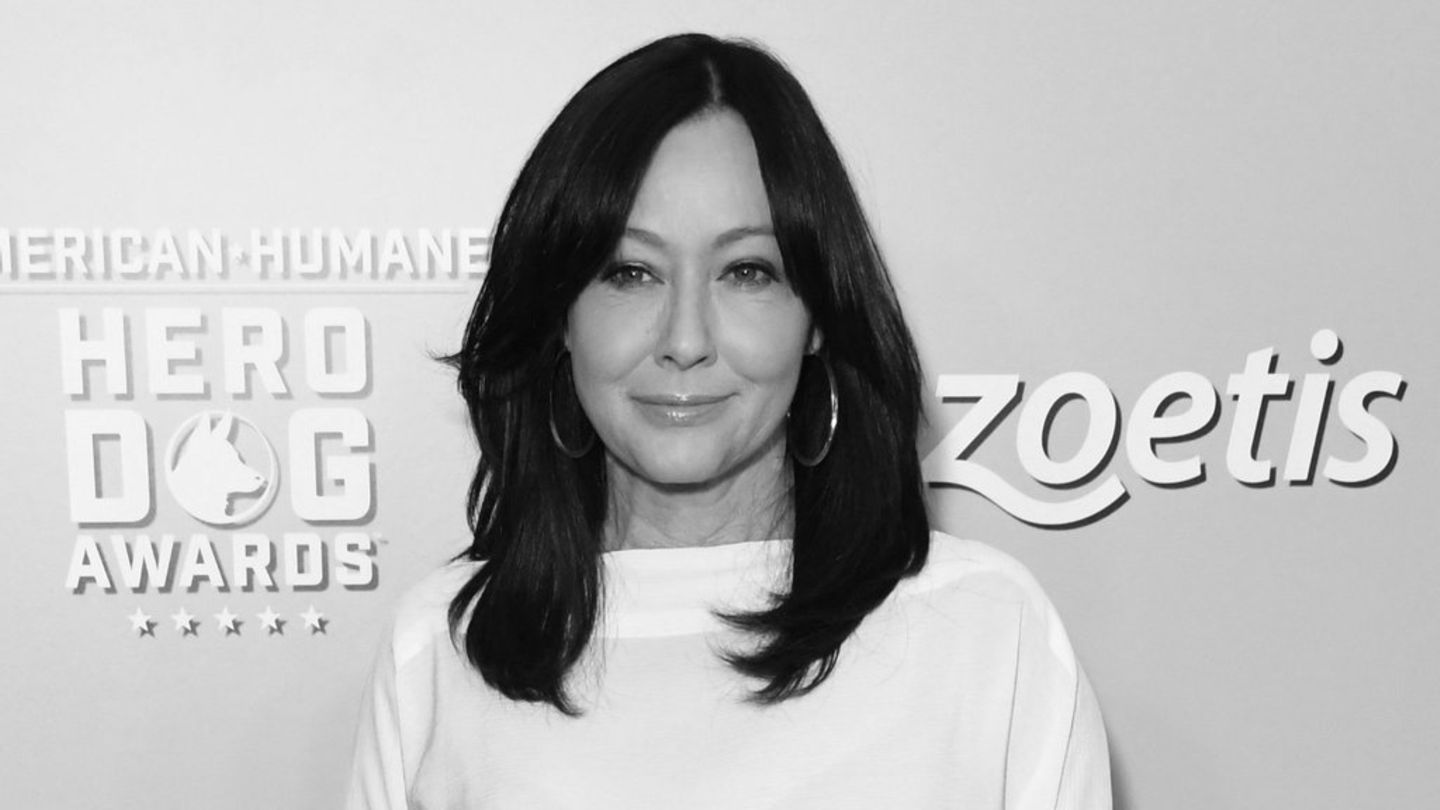What explains this divergence in inflation expectations? Previous studies have shown that changes in gasoline and food prices tend to affect household expectations more than actual inflation, probably because of their particular importance to households. Gasoline and food prices rose sharply during the same period. “However, another factor could have played a role: the news. The media has focused intensely on inflation, which may have caused households to think more and therefore worry more about how future inflation will evolve.” note the authors of the FRSF study. So they went on to see if inflation news coverage was historically high, and what the tone or sentiment (negative or positive) of inflation news was like, by analyzing a large historical database of print news articles and online of 24 major US newspapers from 1980 to the present.
They saw that both volume and negativity are currently elevated. Coverage volume is at levels not seen since the early 1980s, while negativity has risen substantially over the past year. What strikes them is that both factors are rising at the same time, suggesting something of a perfect storm of high-volume news coverage and unfavorable inflation. They also noted that data from the University of Michigan survey indicates that both the proportion of households receiving price or inflation news and the unfavorable tone of that news have increased over the past year.
It is therefore worth asking whether the news changes the expectations of households in relation to professional forecasts. “Patterns over time point to the possibility that the high volume of inflation news coverage and its negativity may have contributed to the widening gap between household inflation expectations and professional forecasts over the last anus”. What they found is that favorable inflation news narrows the gap between household expectations and professional forecasts, while unfavorable news widens the gap. Now, to what extent increases in the volume and negativity of inflation news can explain the 0.91 percentage point increase in the average household inflation expectations gap from June’21 to June’22: they estimate that they explain about a quarter of the widening gap between household and professional forecasts. The rest can be attributed to increases in gasoline and food prices and unobserved factors.
Thus, they conclude that a significant part of the increase in household inflation expectations relative to professional forecasts can be attributed to greater coverage of negative inflation news. This suggests that continued broad negative news coverage of inflation could pose a risk that household inflation expectations will take root and contribute to higher inflation. The study demonstrates the importance of the content and tone of economic information in the impact of the economy.
Source: Ambito




